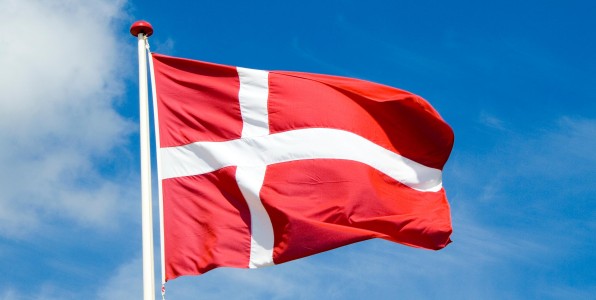Flexicurity, the model of flexible security

What is flexicurity
Flexicurity is a neologism invented in the 90s in order to identify the Danish welfare model and it unites the words “flexibility“and “security“.
A welfare model is the set of policies that a government implements to ensure social rights and services. There are different types of welfare state: among these, the Scandinavian model is very famous, which is based on a very high level of services that is funded by an equally high level of taxes.
The golden triangle
Danish flexicurity model is based mainly on three conditions (the “golden triangle“):
- Flexibility of the labor market (incoming and outgoing)
- Generous and universal social protection system
- Active policies for the labor market
In practice, the process provided would be this one: the flexible market expels frequently a number of employees who have then access to generous unemployment benefits; workers expelled return in activity in a relatively short period of time, with the help of employment services, or in a longer period of time, after going through programs of active policies which will enhance their skills and employability.
The most important tool of this model are in fact active job policies, that is all the measures to help people to be employed or re-employed. The main instruments are then the orientation programs, training, the alternation school/work, internships, direct creation of jobs, incentives for start-ups and active research.
Some critical aspects of the model
This model has been a flagship for the Danish reality (here’s a short but effective analysis made by Danish Embassy on this subject), but it also presents some problems:
- First, you need to consider to what extent it is possible to replicate the success of the Danish model out of its original context;
- Secondly, this model in Denmark failed to resolve the difficulties of integration into the labor market of the most disadvantaged groups of workers (immigrants, workers with low levels of education) because they found it difficult to retrain through active policies and training plans;
- Finally, the model of flexicurity is very expensive and not sustainable in a recession.
However, it is important to underline that the idea of balancing flexibility and security is now spread throughout Europe, and this seems to be the path to follow in order to create jobs and to meet the new needs of the labor market, increasingly characterized by an economic context in continuous change. Individual governments have the task of decline it in appropriate ways for each different country.


Share Your Thoughts!